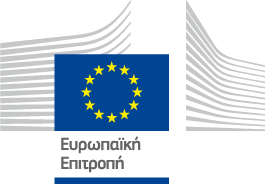This FLAG area covers the municipality of Thisted (the area around the town of Thy), situated on the north-west coast of Jutland, and the municipality of Morsø (the island of Mors) located in the Limfjord. Thy and Mors are characterised by a few large manufacturing companies with expertise in health technology and robotics, and more traditional production companies in the metal, wood, and food industries.

